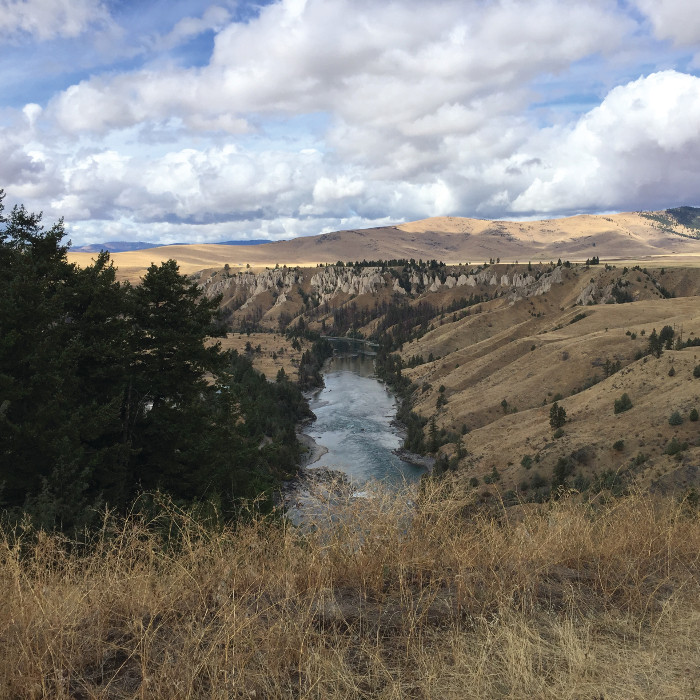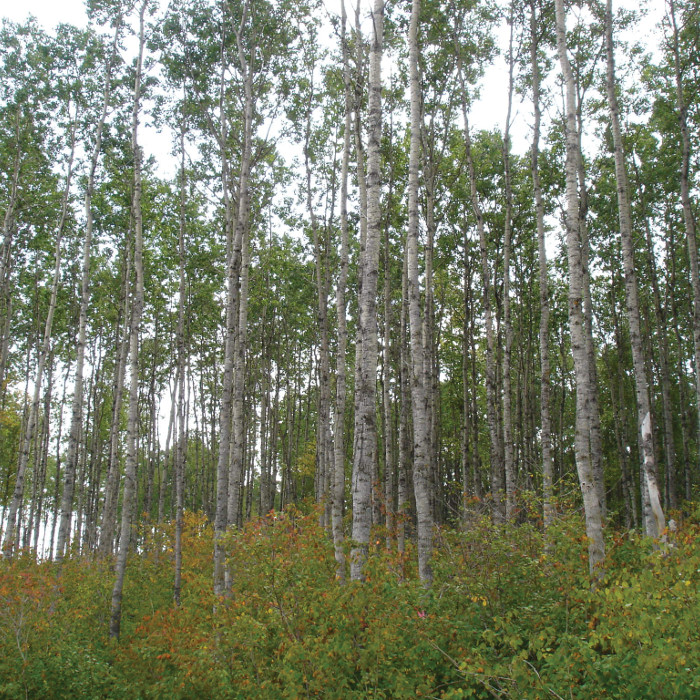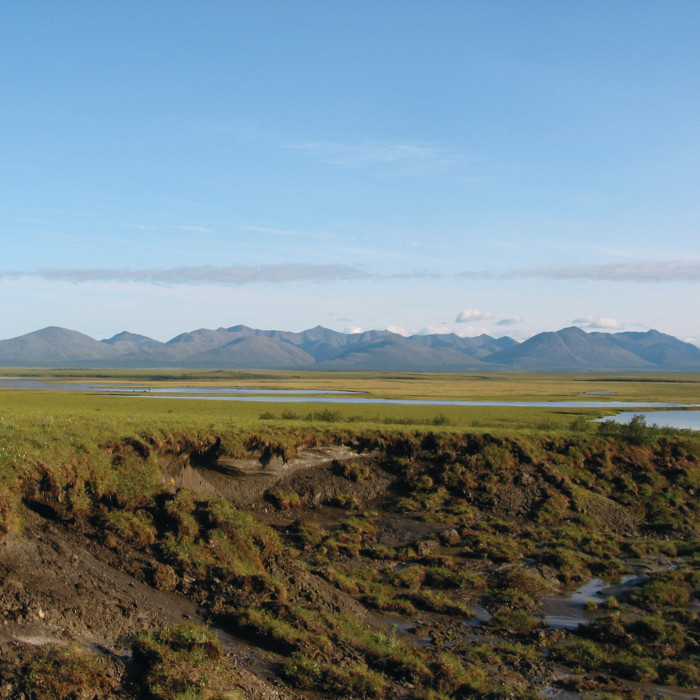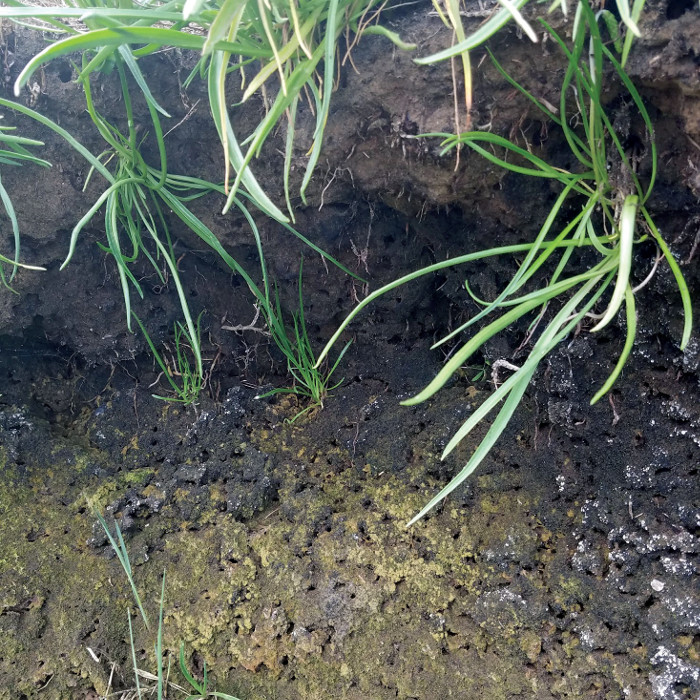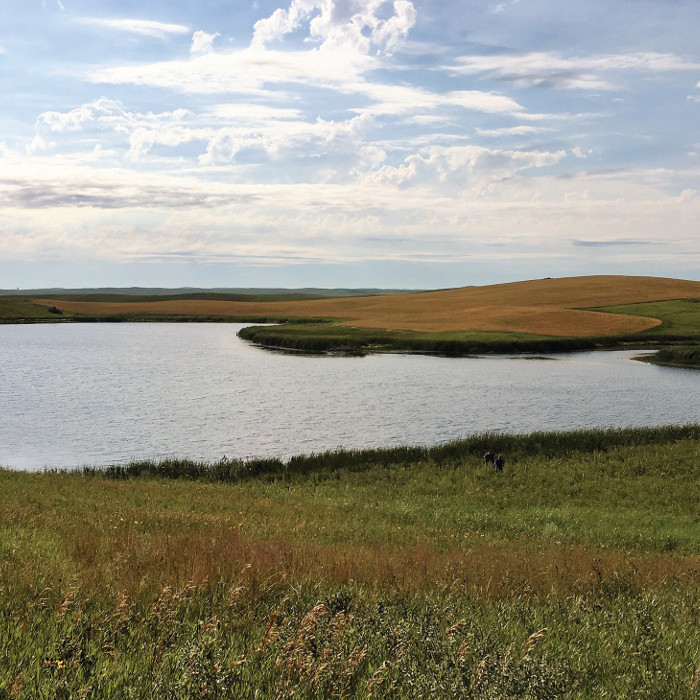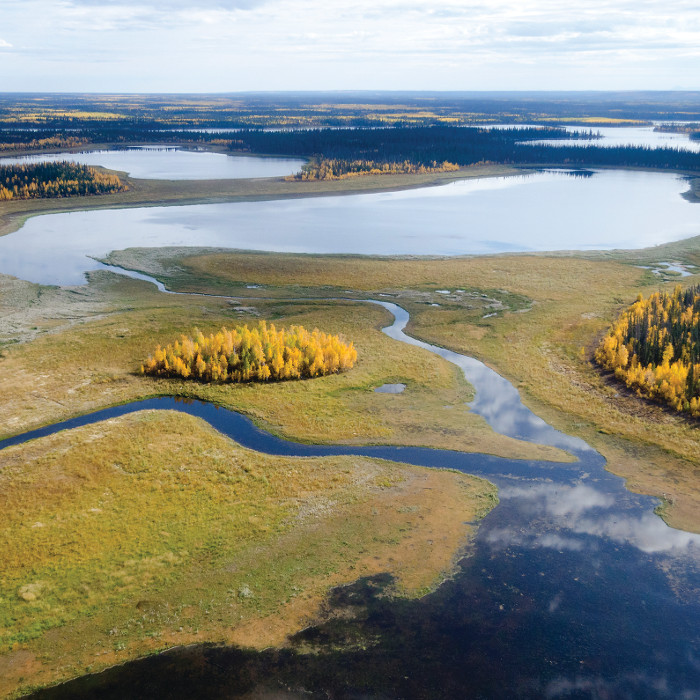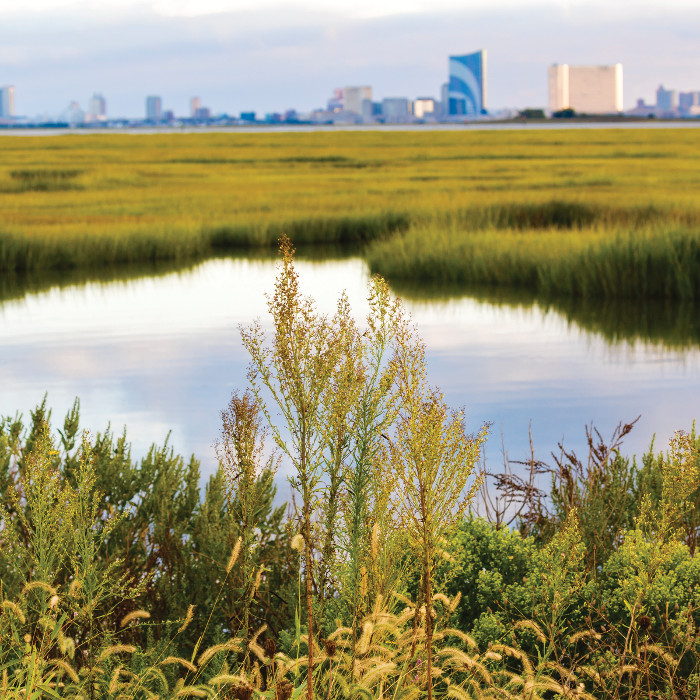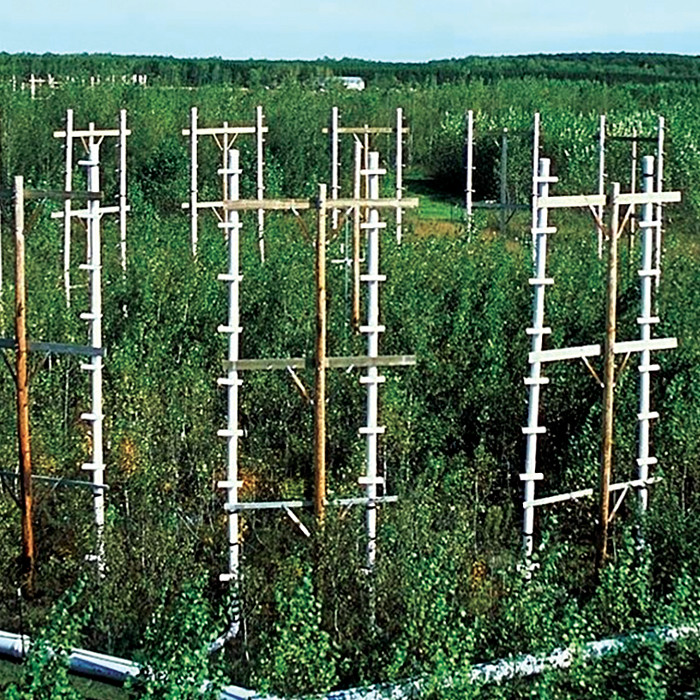Front Matter
Section I: Synthesis
These chapters introduce the carbon cycle—what it is and why it is important. They assess the present state, trends, and potential future directions of the North American carbon budget—the balance of carbon fluxes, stocks, and transformations—and how this budget fits into the carbon cycle at a global scale.
Section II: Human Dimensions of the Carbon Cycle
These chapters highlight fluxes and processes in socialecological systems, including urban areas, energy systems, agricultural enterprises, societal institutions, and lands belonging to Indigenous communities. The carbon cycle in these sectors is inextricably linked to human needs and actions as well as to societal decisionmaking outcomes.
Section III: State of Air, Land, and Water
These chapters present carbon cycle fluxes and processes in different physical and ecological domains, including the atmosphere, soils, inland and coastal waters, and the coastal ocean, as well as in terrestrial ecosystems such as forests, grasslands, and those in Arctic regions. Understanding these ecosystems is fundamental to assessing and predicting net carbon sources and sinks, including feedbacks to and from the climate system. These ecosystems also represent key carbon reservoirs with sensitivity to changes in climate and atmospheric composition.
Section IV: Consequences and Ways Forward
These chapters outline future projections of rising atmospheric carbon and its associated consequences. They detail how science can inform decision making at the federal, provincial, state, tribal, and local levels across North America, and how those decisions could affect the carbon cycle in the future.









